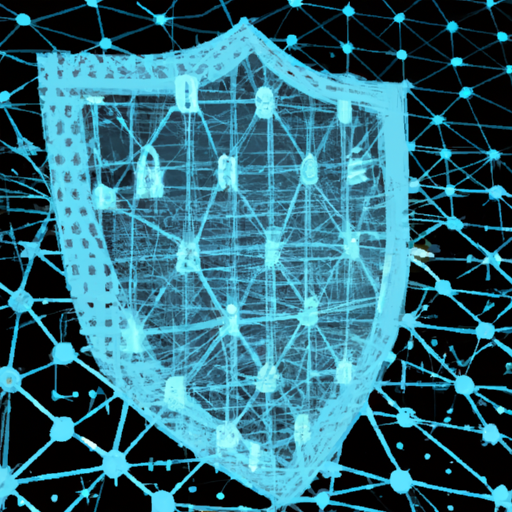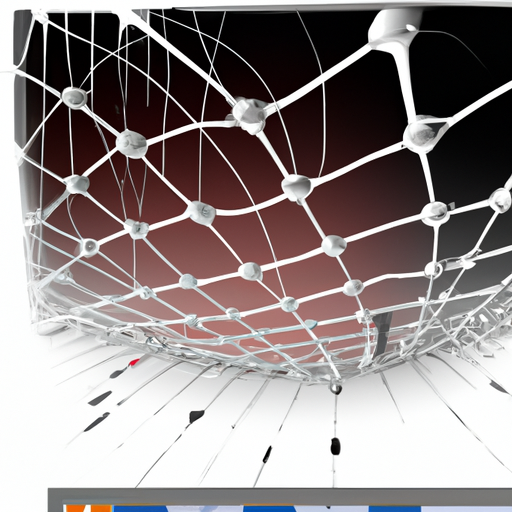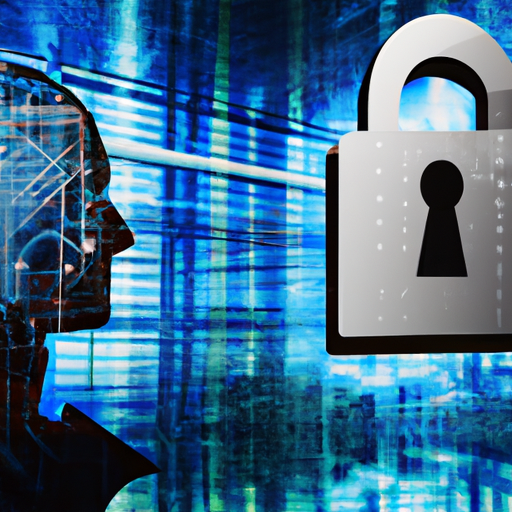Date: October 3, 2023
As cyber threats continue to evolve, so does the need for advanced cybersecurity measures. In 2023, the cybersecurity landscape is witnessing groundbreaking innovations aimed at enhancing digital security. From artificial intelligence-driven solutions to the rise of zero-trust architectures, here are some of the key trends shaping the future of cybersecurity.
1. Artificial Intelligence and Machine Learning
Artificial Intelligence (AI) and Machine Learning (ML) are at the forefront of cybersecurity innovations. These technologies enable real-time threat detection and response by analyzing vast amounts of data to identify anomalies. AI algorithms can predict potential vulnerabilities and automate responses, significantly reducing the time taken to mitigate threats.
2. Zero-Trust Architecture
Zero-trust security models are gaining traction as organizations recognize the need to protect their networks from both internal and external threats. With a zero-trust approach, no user or device is trusted by default, requiring frequent authentication and verification to access sensitive data. This strategy minimizes the risk of data breaches and enhances overall security posture.
3. Enhanced Cloud Security Solutions
As businesses increasingly migrate to the cloud, ensuring data security in cloud environments has become paramount. Innovative cloud security solutions, such as Cloud Access Security Brokers (CASBs), offer enhanced visibility and control over cloud applications, helping organizations enforce security policies and manage risks more effectively.
4. Cybersecurity Mesh Architecture
The cybersecurity mesh architecture promotes a decentralized approach to security, allowing organizations to integrate their security solutions across various platforms and locations. This flexibility enables better protection of digital assets and facilitates rapid response to emerging threats.
5. Threat Intelligence Platforms
Threat intelligence platforms are revolutionizing how organizations approach cybersecurity by aggregating threat data from multiple sources. By leveraging this information, companies can proactively identify and address vulnerabilities, staying one step ahead of cybercriminals.
Conclusion
As we continue into 2023, the importance of cybersecurity innovations cannot be overstated. Organizations must adopt these advanced strategies and solutions to protect their digital environments against ever-evolving cyber threats. Staying informed and implementing cutting-edge technologies will be key in safeguarding sensitive data and maintaining trust with clients and stakeholders.








